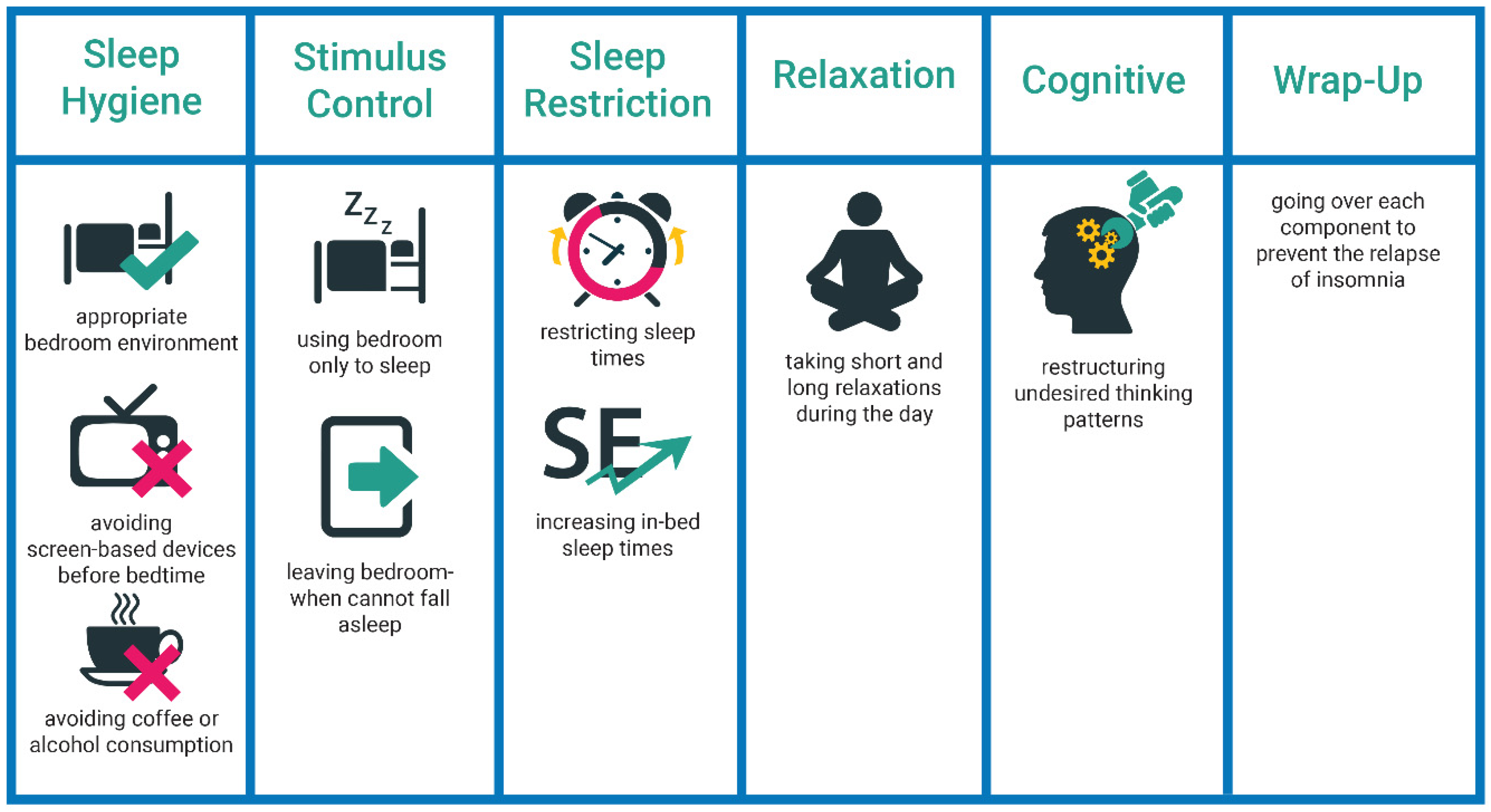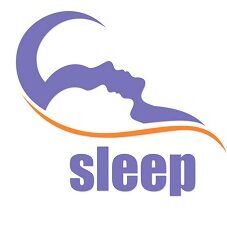Introduction
Cognitive Behavioral Therapy for Insomnia (CBT-I) is a highly effective treatment approach for individuals struggling with sleep problems. Insomnia is a common sleep disorder characterized by difficulty falling asleep, staying asleep, or experiencing poor sleep quality. CBT-I aims to address the underlying causes of insomnia by targeting negative thoughts, behaviors, and habits that contribute to sleep difficulties.
Understanding Insomnia
Insomnia is a common sleep disorder that affects millions of people worldwide. It is characterized by difficulty falling asleep, staying asleep, or experiencing non-restorative sleep. Chronic insomnia can have a significant impact on one’s quality of life, leading to daytime fatigue, decreased cognitive function, and emotional distress.
The Role of CBT-I
Cognitive Behavioral Therapy for Insomnia (CBT-I) is a highly effective treatment approach that addresses the underlying causes of insomnia. Unlike medication-based treatments, CBT-I aims to modify the thoughts, behaviors, and attitudes that contribute to sleep difficulties. It is a structured and evidence-based therapy that focuses on improving sleep hygiene, enhancing relaxation techniques, and reshaping dysfunctional beliefs about sleep.
Identifying and Addressing Negative Thoughts
One key aspect of CBT-I is identifying and challenging negative thoughts that may be fueling insomnia. These thoughts often revolve around worries about not being able to sleep, the consequences of poor sleep, and frustration about the inability to fall asleep quickly. By recognizing and replacing these negative thoughts with more positive and realistic ones, individuals can reduce anxiety and create a more conducive environment for sleep.
Developing Effective Sleep Habits
CBT-I emphasizes the importance of establishing consistent sleep habits, also known as sleep hygiene. This involves maintaining a regular sleep schedule, creating a relaxing pre-sleep routine, and optimizing the sleep environment. By adhering to a consistent sleep-wake cycle and engaging in activities that promote relaxation, individuals can signal their bodies that it is time to sleep, thereby improving sleep efficiency.
The Components of CBT-I
CBT-I typically consists of several components that work synergistically to address insomnia:
Sleep Restriction Therapy
Sleep restriction therapy aims to consolidate sleep by reducing the amount of time spent in bed awake. This technique involves initially restricting the time spent in bed to the actual amount of sleep obtained, gradually increasing it as sleep efficiency improves. Sleep restriction helps to regulate the sleep-wake cycle and consolidate sleep, ultimately leading to more restful nights.
Stimulus Control Therapy
Stimulus control therapy helps individuals associate the bed and bedroom with sleep. This technique involves limiting the use of the bed for sleep-related activities only, such as reading or watching TV. By avoiding stimulating activities and using the bed solely for sleep, individuals can strengthen the association between the bed and sleep, making it easier to fall asleep and stay asleep.
Relaxation Techniques
CBT-I incorporates various relaxation techniques to help individuals reduce physical and mental tension before bedtime. Deep breathing exercises, progressive muscle relaxation, and guided imagery are commonly used to promote relaxation and prepare the body for sleep. These techniques can be practiced both during the day and at night to enhance overall relaxation and improve sleep quality.
Sleep Education
Understanding the science behind sleep and insomnia is an essential part of CBT-I. Sleep education helps individuals grasp the factors that contribute to insomnia, such as poor sleep hygiene, excessive worrying, and maladaptive sleep habits. By gaining knowledge about sleep, individuals can make informed decisions and implement strategies to improve their sleep quality.
Blog Post: Cognitive Behavioral Therapy for Insomnia (CBT-I)
Summary

Cognitive Behavioral Therapy for Insomnia (CBT-I) offers a holistic approach to treating insomnia without the use of medication. It focuses on identifying and altering the thoughts and behaviors that disrupt sleep, rather than relying on sedatives or sleep aids. CBT-I typically involves various techniques and strategies, such as sleep restriction, stimulus control, and cognitive restructuring. By targeting important site important site both the cognitive and behavioral aspects of insomnia, CBT-I helps individuals develop healthier sleep patterns and improve overall sleep quality.

Welcome to my website! My name is Jack Rosman, and I am a professional Dream Psychologist dedicated to helping individuals achieve better sleep, understand their dreams, and improve their overall well-being. With years of experience in the field, I am passionate about providing effective snoring solutions, sleep therapy, sleep supplements, and dream analysis to enhance the quality of your sleep and unlock the hidden messages within your dreams. Read More

